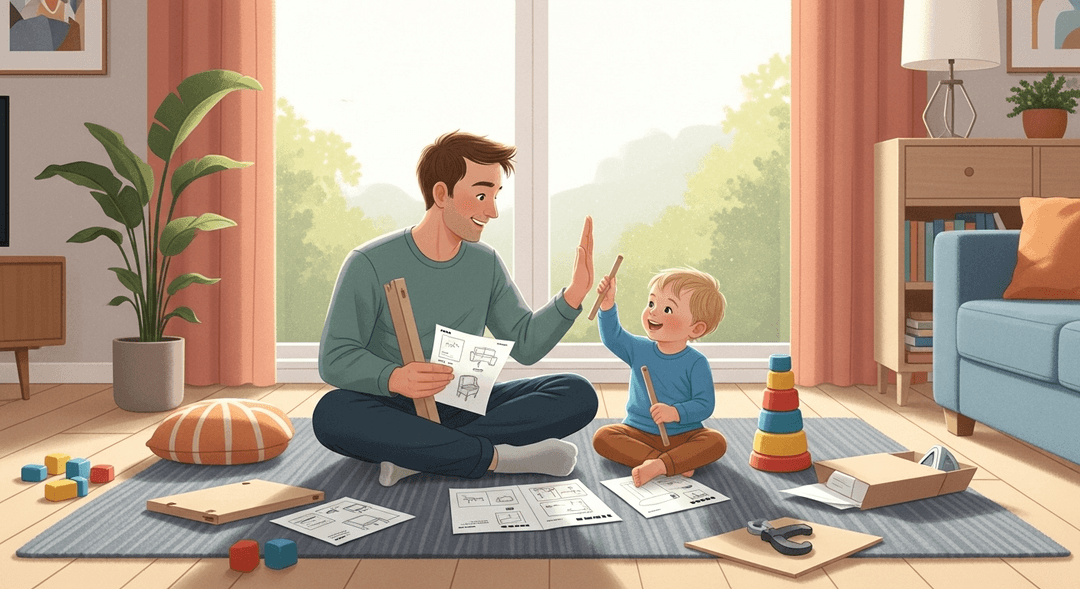Model a Growth Mindset for Your Children
Ever tried building IKEA furniture with a toddler as your assistant? That’s basically what modeling a growth mindset looks like—except you get bonus points for narrating your confusion and high-fiving your kid when you finally figure out step 23B. If you’re tired of pretending you know everything (spoiler: your kid already knows you don’t), this is your permission slip to flop, laugh, and try again—out loud.
Kids who see parents embrace challenges and recover from mistakes develop resilience, confidence, and stronger problem-solving skills. Their brains literally build more flexible neural pathways, making them more likely to try new things and less likely to melt into a puddle when something goes sideways. For parents, it’s a free pass to be imperfect, which is basically a mental health spa day.
How to do it
-
Narrate your own challenges out loud. For example, say: "Oops, that didn’t work. Let’s try it another way." This helps your child see that mistakes are a normal part of learning.
-
When you mess up, resist the urge to hide it. Instead, smile and invite your child to brainstorm solutions with you. This models resilience and teamwork.
-
Celebrate effort and creative problem-solving, not just success. Acknowledge when you or your child try new approaches, even if the outcome isn’t perfect.
-
When your child makes a mistake, reflect on your own similar experiences. Share how you learned from them to show that everyone makes mistakes and can grow from them.
-
Keep the mood light. Bonus points for dramatic sighs and silly sound effects! This helps reduce stress and makes learning from mistakes more enjoyable.
Key Tips:
- Narrate your thinking process so your child can learn from your example.
- Treat mistakes as opportunities for growth, not something to hide.
- Focus on effort and creativity, not just getting the right answer.
- Use humor and playfulness to make problem-solving fun.
